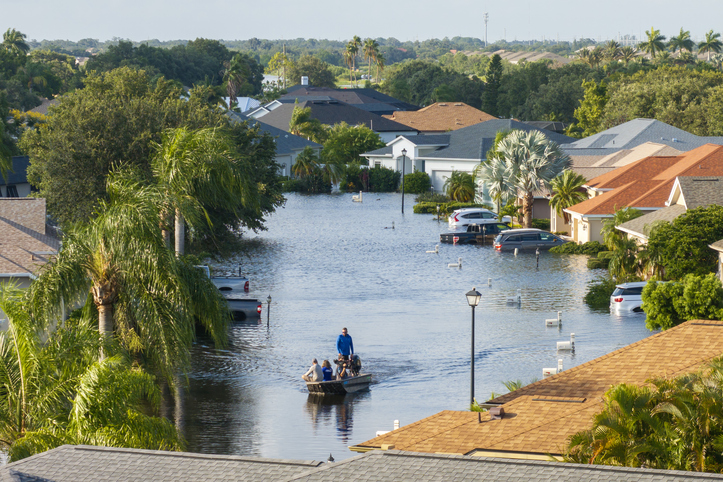Why Disaster-Ready Plumbing Matters
Posted on May 23, 2025 by Melbourne Plumber

Florida is no stranger to disaster. Every year we look down the barrel of oncoming hurricanes and tropical storms. These storms bring with them high winds, flooding, tornados, flying objects and much more. Your home is a barrier to these storms but making sure the internal systems are built to withstand these natural disasters is the only way to go.
Understanding Plumbing Vulnerabilities in Disasters
Every disaster poses unique challenges to your plumbing system:
Floods: Can overwhelm drainage systems, cause sewage backups, or contaminate water supplies.
- Earthquakes: May crack pipes, dislodge fittings, or disrupt municipal water lines.
- Hurricanes: Often combine flooding with power outages, affecting sump pumps and water heaters.
- Extreme Cold: Can freeze pipes, leading to bursts and water loss. Yes, even in Florida, especially north of Daytona.
- Power Outages: Disable well pumps, water heaters, or smart water systems.
According to FEMA, in the year 2023, up to 40% of homes in natural disaster areas suffered plumbing damage or issues related to plumbing in some way. Pipe damage was the #1 listed issue. Making sure your home’s plumbing is solid and well-maintained is a step you can take to prepare yourself for a potential natural disaster.
Upgrades That Will Prepare Your Home for Hurricane Season
Install a Backflow Preventer
- Why: Prevents contaminated floodwater or sewage from flowing back into your home’s water supply.
- How: Hire a licensed plumber to install a backflow prevention valve on your main sewer line. Models like the Zurn Wilkins 350XL are reliable and meet most municipal codes.
- Cost: $200–$500, depending on complexity.
Sump Pumps with Battery Backup
- Why: Flood-prone areas need reliable drainage, and power outages can disable standard sump pumps.
- How: Install a battery-powered or water-powered backup sump pump (e.g., Zoeller Aquanot). Ensure the pump is elevated to avoid submersion.
- Maintenance: Test the pump biannually and replace batteries every 2–3 years.
Backup Water Storage and Purification
- Why: Disasters can cut off municipal water or contaminate it.
- How: Store at least 1 gallon of water per person per day for a minimum of 3 days (FEMA recommendation). Use food-grade containers or invest in a 50-gallon water storage tank. Pair with a portable water purifier like the Sawyer Mini for emergencies.
- Storage Tip: Rotate water every 6 months to maintain freshness.
Make sure any plumbing located on the exterior of your home is in good condition. Make sure that your underground pipes are not old and ready to cave-in. The worst time to have a plumbing emergency is after a major flood or hurricane. Thousands of people in Melbourne may need a plumber but there are a limited number available. That’s why preparation is your best tool heading into hurricane season.
